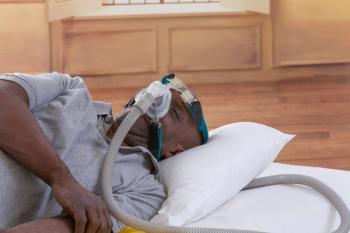
South Carolina Hospitals Saw Surgery Deaths Drop After Implementing WHO Checklist
Hospitals in South Carolina that chose to participate in a statewide program implementing a form of the Surgical Safety Checklist developed by the World Health Organization (WHO) saw their death rates after inpatient surgery decrease significantly compared with other hospitals that did not take part, according to a new study.
Hospitals in South Carolina that chose to participate in a statewide program implementing a form of the Surgical Safety Checklist developed by the World Health Organization (WHO) saw their death rates after inpatient surgery decrease significantly compared with other hospitals that did not take part, according to a new study.
The findings from the Safe Surgery 2015 program were summarized in a study
After an early pilot study of the use of the 19-item checklist in 8 hospitals worldwide yielded encouraging results, health system stakeholders in South Carolina saw the opportunity for implementation in their state. In late 2010, they created a customized version of the WHO Surgical Safety Checklist and paired it with a structured implementation process to ease the transition. It invited all South Carolina hospitals performing surgeries to participate; 14 completed the program by December 2013 and 44 declined to take part.
Using state discharge claims data from 2008 to 2013, the researchers compared trends in mortality within 30 days after inpatient operations at both the hospitals that took part in the program and those that did not. They established that the 2 groups had similar mortality trends before the program’s implementation, but from 2011 to 2013, postoperative mortality decreased significantly for the participating hospitals but not for the comparison hospitals.
In 2010, the 30-day postoperative mortality rate at the participating hospitals was 3.38%, but by 2013 it had decreased to 2.84%. At the comparison hospitals, mortality rose slightly but not significantly from 3.50% to 3.71%. The hospitals participating in the checklist program reduced their mortality by 22% relative to the other hospitals, the researchers determined.
Some of this success was attributed to the implementation support resources, as previous pilot programs testing the checklist without the training did not reduce their mortality rates. The study authors said the checklist itself could work as a sort of catalyst fueled by the efforts of hospital leadership and surgeons as they change hospital culture to effect meaningful change. This idea was reiterated by Atul Gawande, MD, who led the development of the WHO checklist and is executive director of Ariadne Labs, which helped implement the Safe Surgery 2015 program in South Carolina.
“Safety checklists can significantly reduce death in surgery. But they won’t if surgical teams treat them as just ticking a box,” Gawande
Newsletter
Stay ahead of policy, cost, and value—subscribe to AJMC for expert insights at the intersection of clinical care and health economics.













































